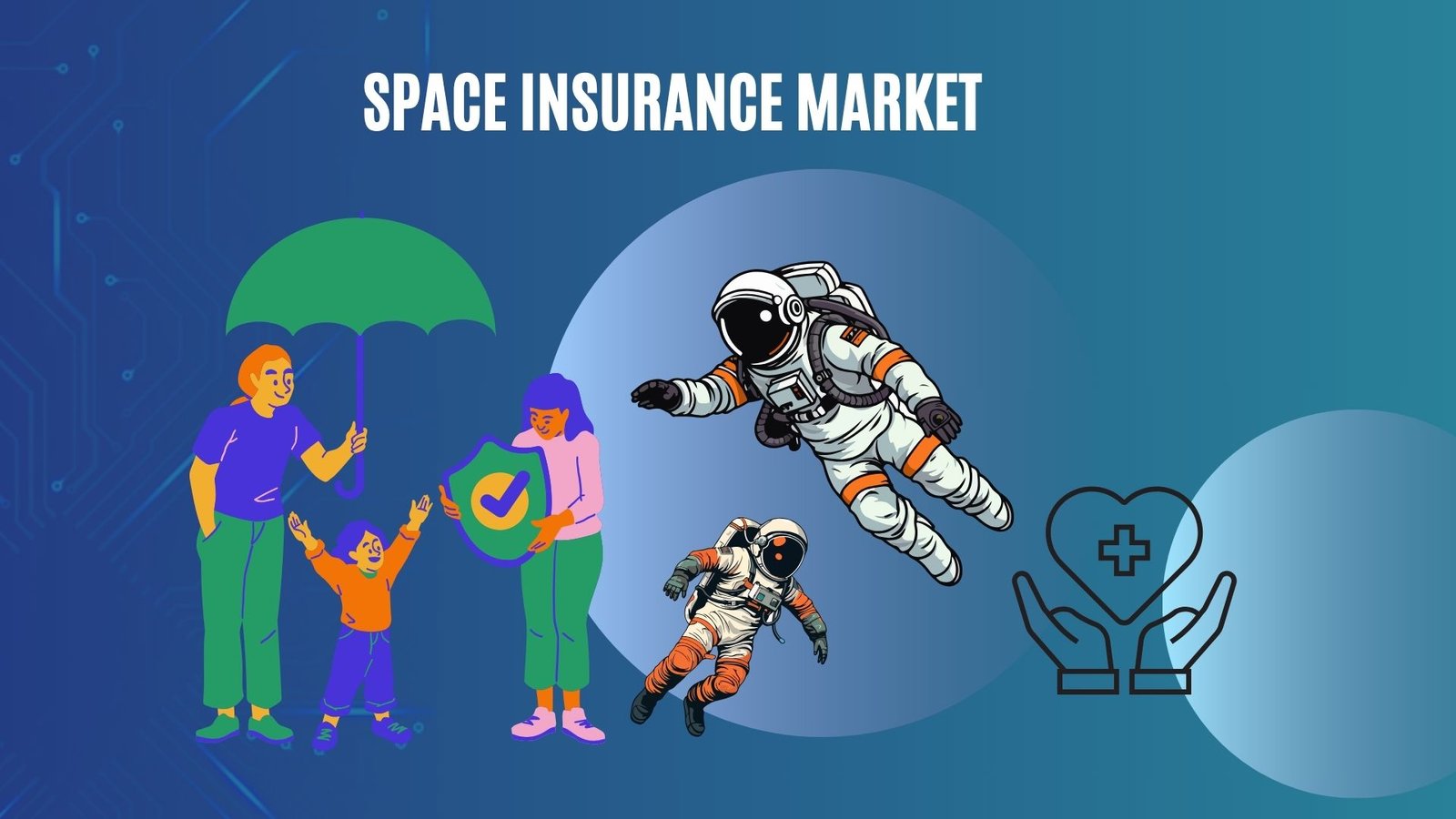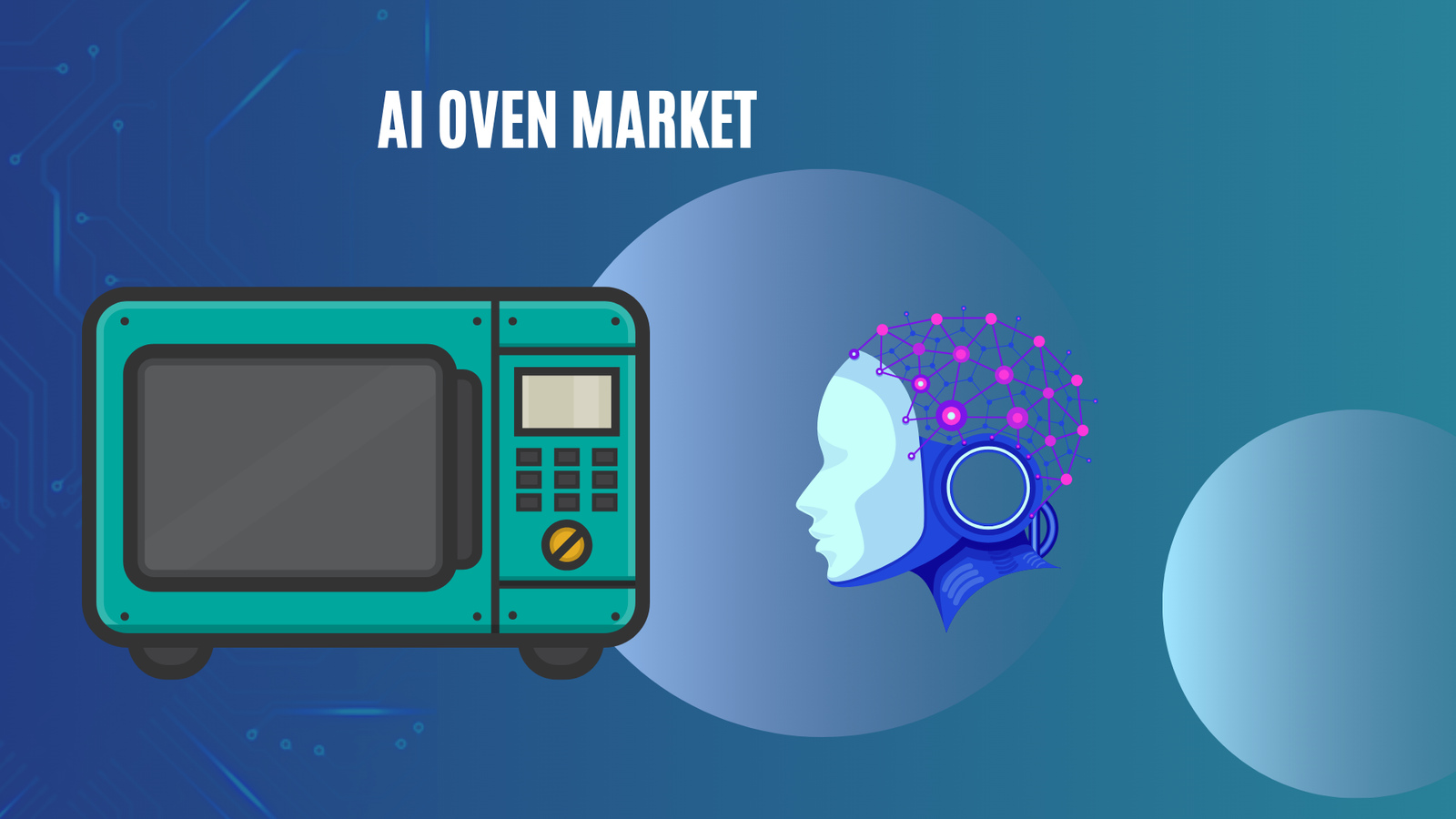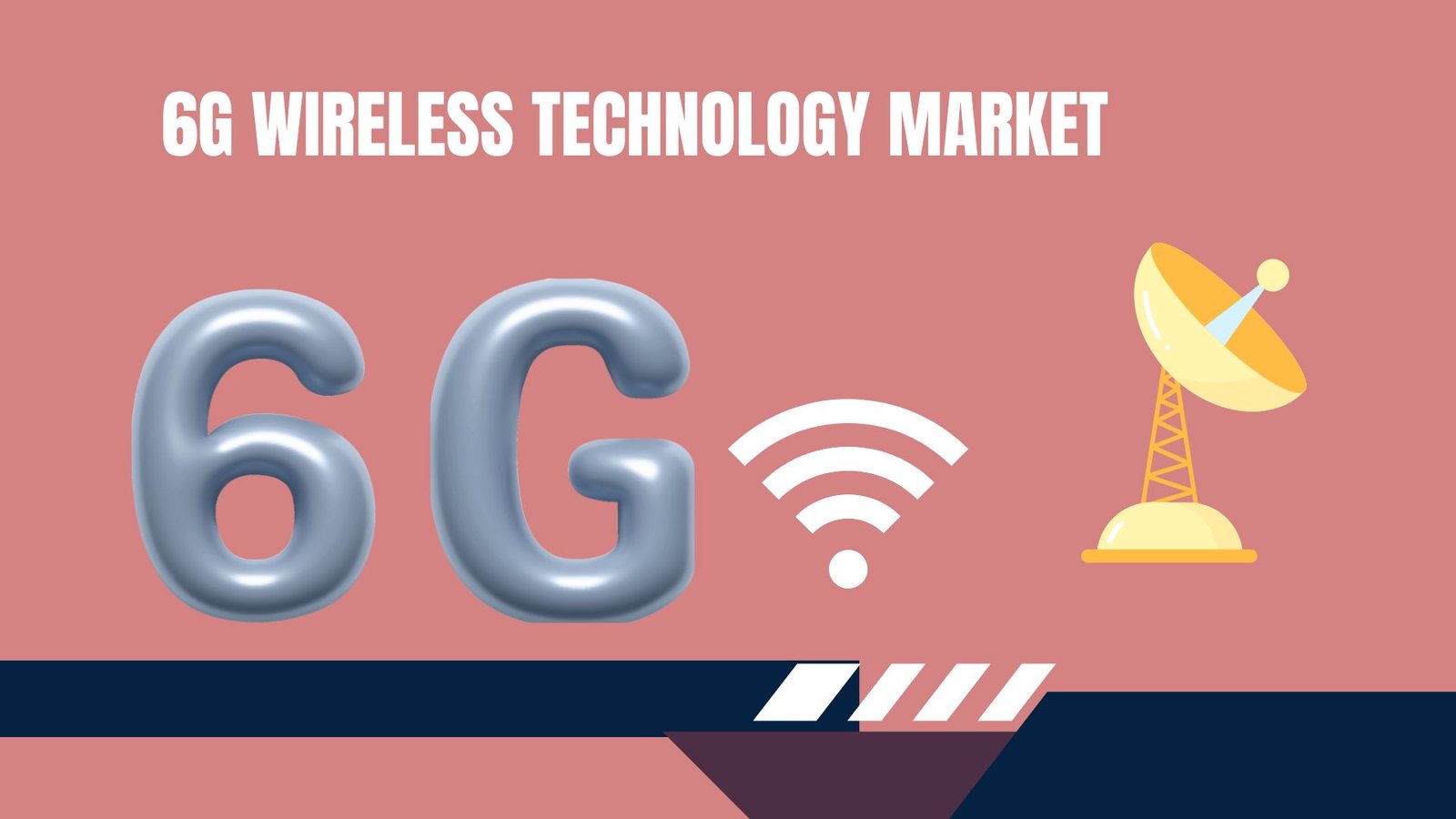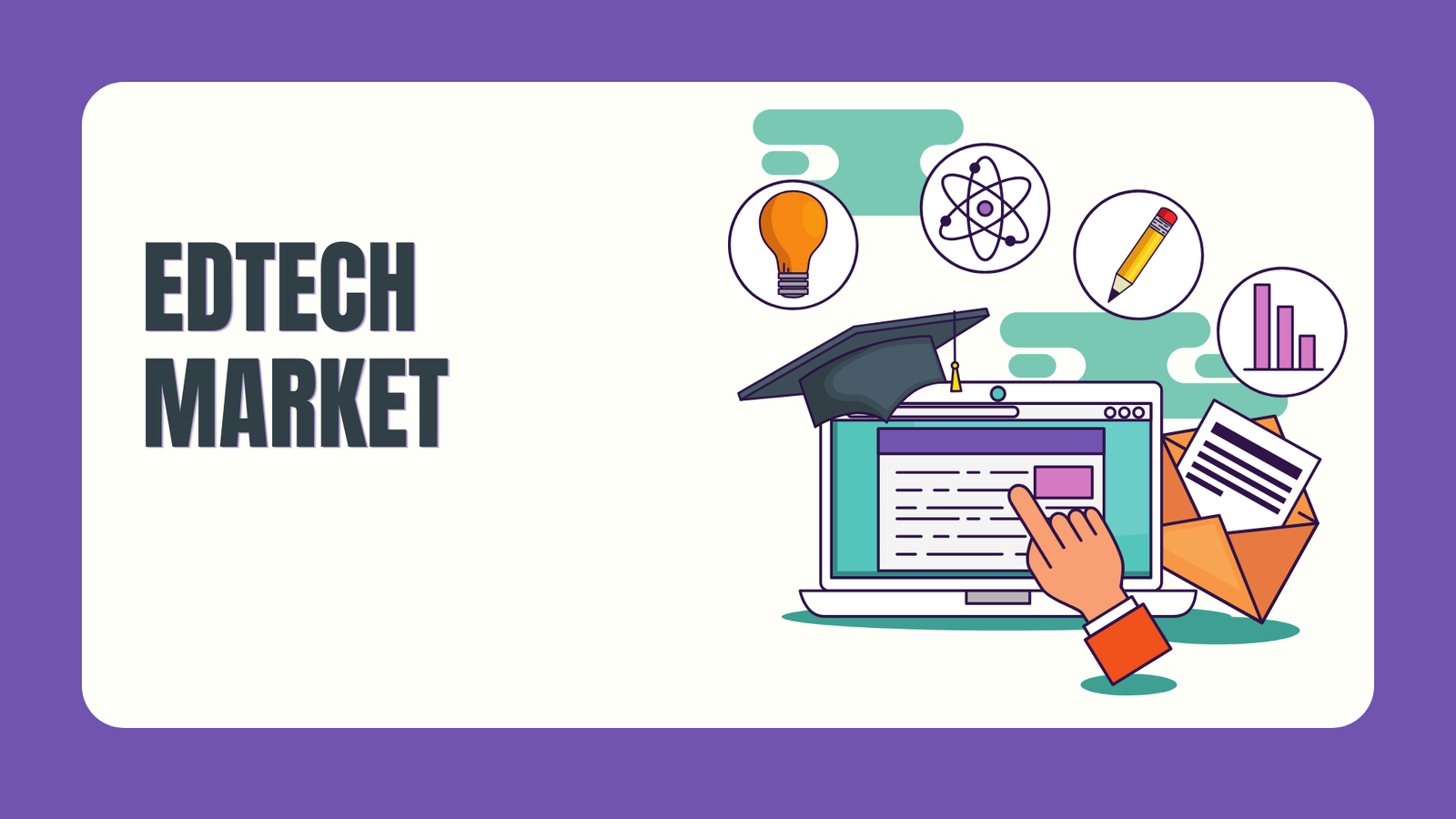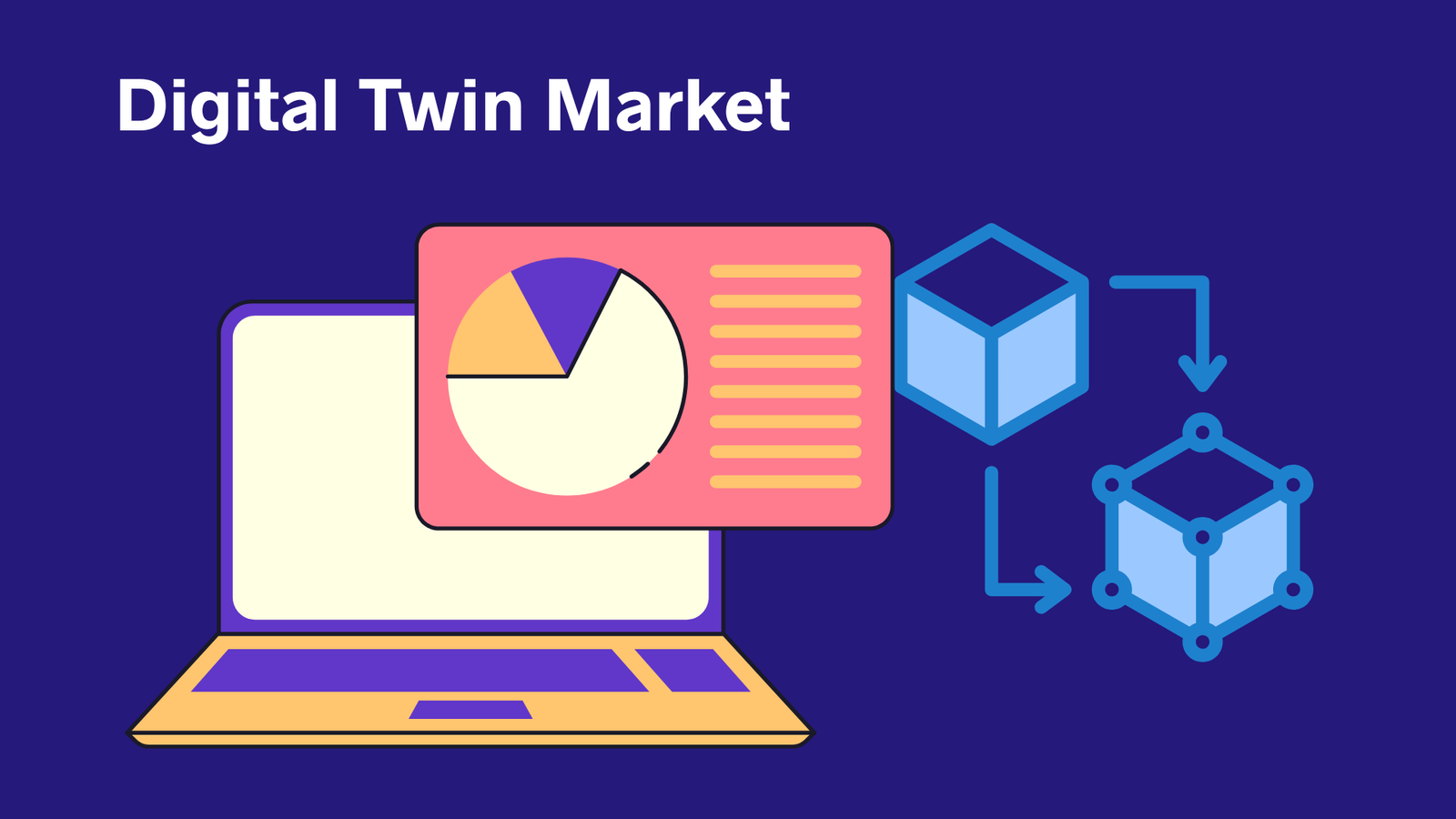Voice AI Agents Statistics : Market to Reach USD 47.5 Bn By 2034
Updated · Aug 18, 2025

WHAT WE HAVE ON THIS PAGE
Introduction
Voice AI Agents Statistics: The Voice AI Agents refers to software platforms that use automatic speech recognition, text to speech, and large language models to converse with users by voice in real time. These agents perform tasks such as customer support, appointment scheduling, lead qualification, collections, and in-app assistance. Adoption is being enabled by cloud delivery, streaming speech pipelines, and dialog management that connects to enterprise systems for authentication and workflow execution.
According to Market.us, The Global Voice AI Agents Market is projected to grow from USD 2.4 billion in 2024 to approximately USD 47.5 billion by 2034, registering a CAGR of 34.8% from 2025 to 2034. In 2024, North America dominated with over 40.2% market share, generating around USD 0.9 billion in revenue. The U.S. stood out as a leading contributor, with its market size reaching about USD 1.2 billion, driven by rapid adoption across sectors such as customer service, banking, and healthcare.
The Voice AI Agents market is a rapidly evolving sector characterized by the deployment of artificial intelligence systems that interact with users through natural spoken language. These agents utilize advanced natural language processing, machine learning, and speech recognition technologies to understand, interpret, and respond to voice commands in real time. Unlike traditional voice assistants, voice AI agents provide more context-aware, adaptive, and multi-functional support, making them integral across multiple industries such as banking, healthcare, retail, and telecommunications.

Top driving factors behind the growth of the Voice AI Agents market include continuous advancements in AI models and speech synthesis, increasing proliferation of smart devices, and the rising demand for automated customer interactions that enhance user experience while reducing operational costs. The integration of these agents into digital transformation strategies enables faster query resolution, intelligent customer routing, and multilingual support, expanding their appeal.
According to AllAboutAI.com, Between October and November 2024, the United States emerged as the leading hub for AI agent discussions, recording over 24,000 mentions. A dominant 96% of these conversations took place on X (formerly Twitter), underscoring the platform’s role as the primary channel for AI-related dialogue and public engagement. This surge reflects the intensifying interest and awareness surrounding AI agents within both the tech community and the general public.
From a practical standpoint, AI agents are reshaping customer experience. Traditional customer service transfers, which frustrate 87% of U.S. consumers, are being streamlined through AI-driven interactions that minimize wait times and improve resolution efficiency. This transition signals a major shift in service delivery models, aligning technology capabilities with consumer expectations.
The healthcare sector is also advancing rapidly in AI agent adoption. By 2025, 90% of hospitals are projected to integrate these systems, enabling improved patient engagement, faster information access, and more efficient administrative workflows. This momentum indicates AI agents are moving from early experimentation to essential operational tools across industries.
Key Insights Summary
- The global market is expected to grow from USD 2.4 billion in 2024 to USD 47.5 billion by 2034, registering a strong CAGR of 34.8%, fueled by the adoption of conversational AI in customer engagement and operational workflows.
- North America led the market with a 40.2% share in 2024, generating around USD 0.9 billion in revenue. The U.S. market stood out at USD 1.2 billion, indicating rapid adoption of voice AI technologies across industries.
- The Voice AI Platform segment dominated with a 76.4% share, showing a clear preference for integrated solutions that combine speech recognition, natural language understanding, and AI-driven analytics.
- On-Premises deployment accounted for 62.6%, driven by demand for secure, compliant, and customizable solutions, particularly in data-sensitive sectors.
- Large enterprises made up 70.5% of the market, leveraging voice AI to enhance customer experience, reduce operational costs, and improve productivity.
- The BFSI sector emerged as the leading adopter, with 32.9% market share, using voice AI to transform customer interactions, automate support, and streamline transaction verification processes.
Voice AI Agents Statistics
- A large telecom company reduced call handling time by 35% using Voice AI solutions.
- An IBM study revealed a 30% increase in customer satisfaction after deploying Voice AI technology.
- Some Voice AI systems are capable of reducing queue times by up to 50% in customer service operations.
- 50% of consumers have already used voice assistants for customer support interactions.
- 80% of businesses plan to integrate AI-driven voice technology into customer service by 2026.
- Companies utilizing AI-powered customer service report 20–30% reductions in operational costs.
- 71% of consumers use voice assistants to browse and research products before making a purchase.
- 89% of customers prefer brands that offer voice AI support as part of their service experience.
- Over 62% of U.S. adults report regular use of a voice assistant in their daily lives.
- The intelligent virtual assistant market was valued at USD 2.5 billion in 2022 and is forecast to reach USD 14.1 billion by 2030, growing at a 24.3% CAGR.
- About 100 million Americans own at least one smart speaker, with roughly 20% of households in markets such as the UK and India owning a voice-enabled device.
- Globally, 20.5% of internet users conduct searches using voice commands.
- In the U.S., 58.6% have used voice search or commands at least once.
- Usage is highest among younger demographics: 77% of Americans aged 18–34 use voice search on smartphones, compared to 63% for ages 35–54 and about one-third for ages 55+.
- The most common tasks include weather checks (75%), playing music (71%), along with news updates, quick facts, and directions.
- On mobile in the U.S., Google Assistant has about 88.8 million active users, Apple Siri has 84.2 million, and Amazon Alexa has 75.6 million.
Analysts’ Viewpoint
Investment opportunities in the Voice AI Agents market are abundant, with venture capital focusing on startups innovating in voice technology platforms, conversational AI, and vertical-specific applications like healthcare and fintech. There is notable interest in expanding AI voice capabilities for training and coaching use cases that enhance employee performance. The growing demand for AI voice agents in emerging markets and new sectors signifies expansive growth potential.
Businesses adopting voice AI agents benefit from several key advantages including 24/7 availability, significant reduction in operational costs, enhanced customer experiences through personalized and timely responses, and the ability to scale customer interaction without proportional increases in staff. These agents handle routine inquiries efficiently, freeing human agents to focus on complex issues, thus optimizing resource allocation.
The regulatory environment surrounding voice AI agents is complex and evolving, emphasizing data privacy, security, and ethical use. Compliance with frameworks such as the Federal Trade Commission Act, Children’s Online Privacy Protection Act (COPPA), HIPAA for healthcare applications, and state-level privacy laws like California’s CPRA is critical. Organizations must ensure transparent data practices, obtain consent for data collection, and implement robust security measures to protect user information.
Driver Analysis
Advancements in AI and Growing Demand for Efficient Customer Interaction
The primary driver propelling the Voice AI Agents market is the rapid improvement in AI technologies such as machine learning, neural speech synthesis, and enhanced natural language understanding. These advancements significantly boost the accuracy, responsiveness, and conversational capabilities of voice agents, making them more reliable and effective.
Additionally, the surge in smart device adoption, including smartphones, smart speakers, and IoT gadgets, has created widespread consumer comfort and preference for voice-enabled interactions. Alongside technological progress, there is strong demand from enterprises to improve customer service delivery while optimizing operational costs.
Voice AI agents offer 24/7 availability, quick query resolution, and the ability to handle high call volumes efficiently, which translates to better customer experiences and reduced reliance on human agents for routine tasks. This combination of improving technology and clear business value is accelerating adoption across industries such as banking, healthcare, telecommunications, and retail.
Restraint Analysis
Data Privacy Concerns and Linguistic Barriers
Despite the promising growth, adoption of Voice AI Agents faces notable restraints around data privacy and security. Voice interactions often involve sensitive personal information, raising concerns over how such data is collected, processed, and stored. Compliance with regulations and transparent data handling practices require significant effort and investment, which can slow market expansion or limit use cases in privacy-sensitive sectors.
Additionally, challenges persist in accurately understanding diverse accents, dialects, and speech patterns, which can hinder effectiveness and user satisfaction across different regions. These linguistic limitations affect the inclusivity and global scalability of voice AI solutions. Overcoming these barriers demands ongoing innovation in speech recognition and NLP technologies.
Opportunity Analysis
Expansion Through Cloud Integration and Industry Diversification
The Voice AI Agents market holds substantial opportunities driven by cloud-based platforms and the diversification of industry applications. Cloud integration offers scalable, flexible deployment options that facilitate rapid adoption and seamless incorporation into existing digital ecosystems. This enhances functionality and accessibility, enabling businesses of all sizes to implement voice AI solutions economically.
Moreover, expanding use cases across sectors such as education, public services, and healthcare offer growth avenues. Voice AI agents support personalized learning, accessibility improvements for people with disabilities, and efficient public information dissemination, highlighting their transformative potential. Continued innovation in AI capabilities and rising digital transformation initiatives worldwide further strengthen the prospect for widespread adoption and market growth.
Challenge Analysis
Ensuring Reliability, Reducing Latency, and Building User Trust
Key challenges facing the Voice AI Agents market include enhancing performance reliability, managing conversational latency, and building consumer trust. Users expect smooth, natural interactions without awkward pauses or errors, but many voice agents still struggle with real-time processing and handling interruptions gracefully. High latency or frequent mistakes can frustrate users and discourage adoption.
Additionally, establishing trust involves addressing concerns about AI transparency, data security, and the quality of voice interactions, especially in high-stakes environments like healthcare or financial services. Developers must focus on creating robust, human-like agents that perform consistently and predictably, alongside clear communication about capabilities and limitations.
Top Key Players
- Cognigy
- Floatbot
- Kore.ai Inc.
- Pegasystems Inc.
- Voiceflow Inc.
- Retell AI
- Amelia US LLC
- LivePerson
- Forward Inc.
- Zendesk
- Chatsimple
- Others
Sources

Joseph D'Souza started Techno Trenz as a personal project to share statistics, expert analysis, product reviews, and tech gadget experiences. It grew into a full-scale tech blog focused on Technology and it's trends. Since its founding in 2020, Techno Trenz has become a top source for tech news. The blog provides detailed, well-researched statistics, facts, charts, and graphs, all verified by experts. The goal is to explain technological innovations and scientific discoveries in a clear and understandable way.





